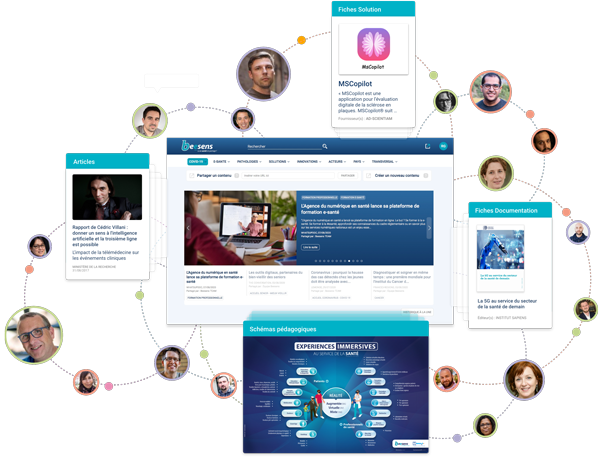"The COVID-19 pandemic has required patients, healthcare providers, and governments to reimagine how care might be delivered at home, and has revealed opportunities to potentially improve outcomes, reduce costs, and improve patient experience. Telehealthcare adoption1 remains much higher than prepandemic levels (14–17 percent of visits, compared with approximately 1 percent in February 2020), but adoption hasn’t been uniform across clinical conditions, age groups, geographical locations, and types of insurance.2
Using national claims data,3 we estimate that more than 50 million in-person visits per year could be converted to virtual or telemedicine visits if adoption were extended equally across patient segments. In general, patient segments with limited access to in-person care (for example, those in rural counties and those with lower incomes) have relatively fewer virtual visits. While many believe virtual care can improve access for the underserved, the current imbalance in usage suggests that US healthcare stakeholders could consider designing virtual-care models that address structural barriers so that virtual care is more widely accessible.
In the following exhibits, we examine which patient segments are currently underserved by virtual care and why, and offer considerations for healthcare stakeholders regarding ways they might extend access.
More than 50 million in-person visits per year could be converted to virtual or telemedicine visits if adoption were extended equally across patient segments..."
Lire la suite
Is virtual care delivering on its promise of improving access?
MCKINSEY, 22/01/2023
Partagé par :
Beesens TEAM











